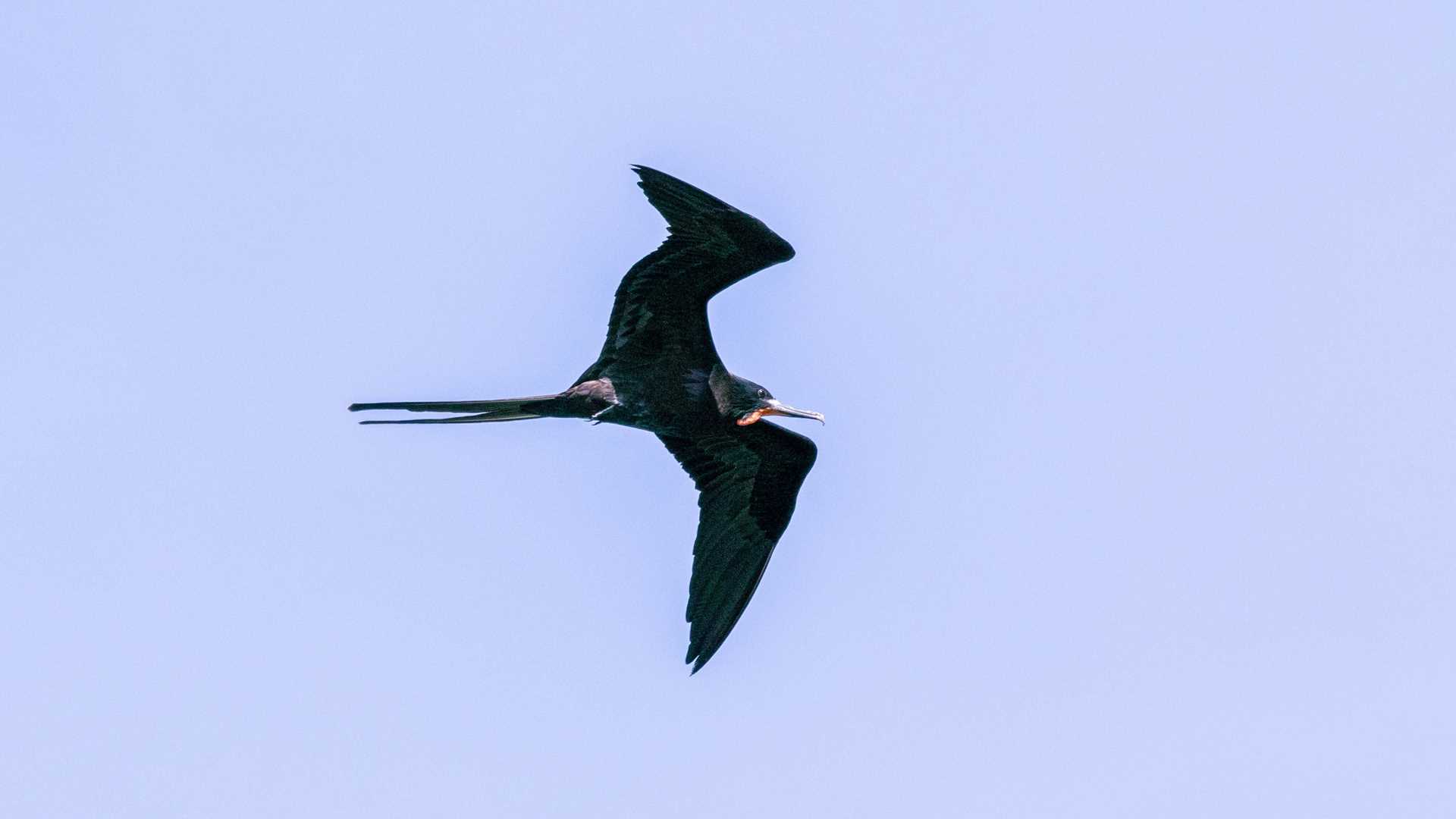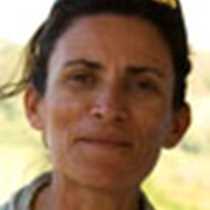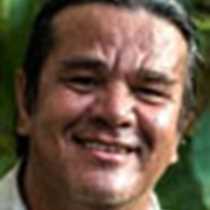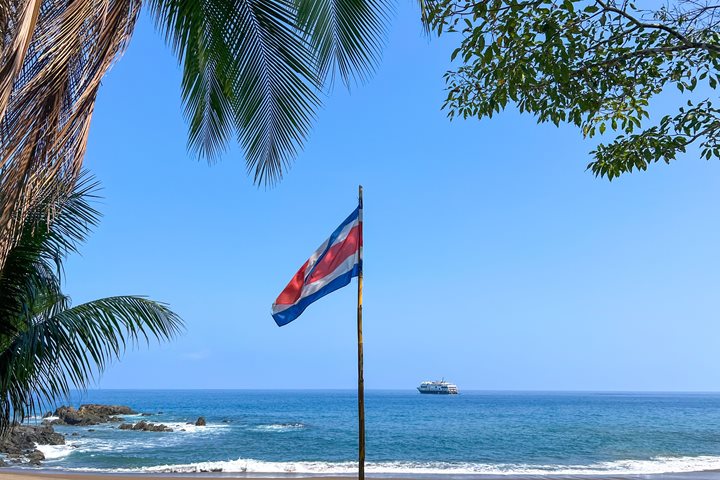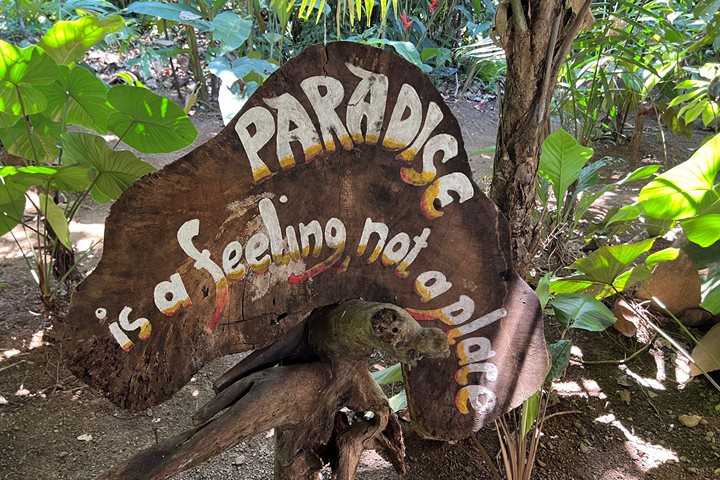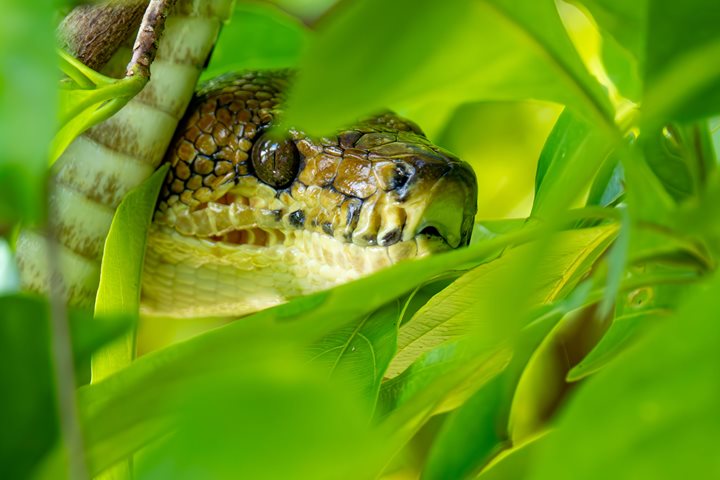Today we entered the Gulf of Panama after having cruised about 14 hours around the Azuero Peninsula through Punta Mala and cruised a bit north towards the entrance of the Panama Canal, where we reached a small group of three islets: Boná, Otoque and Estivá. The captain anchored just off of Boná islet and out we went on our trusty Zodiacs to look for wildlife and see the incredible rocky formation of the oceanic little islet. We were greeted by amazing views of tropical dry forests and marine birds such as blue-footed boobies, brown boobies, brown pelicans, magnificent frigatebirds, and even yellow-crowned night herons.
As our season through this area progresses, the northeasterly trade winds blow with greater intensity, creating the well-known upwelling inside the Gulf. An upwelling is a phenomenon that occurs in the ocean when the strong wind drives cooler, denser water from the lower surface of the ocean to the upper surface. In this part of the world, it is a seasonal phenomenon which helps increase the food and productivity of the oceans and hence attract more fish, marine birds, and even marine mammals. By the end of March, the rich waters have produced their fruits, and the newborn chicks of the marine birds will be in their nests.
We said goodbye to the birds and headed north to the last part of our trip, the engineering masterpiece: the Panama Canal. We arrived at our anchorage spot early in the afternoon and had to wait for the Panama Canal authorities to send their inspectors and their pilot before we could weigh anchor again and begin our transit. First under the bridge of the Americas, later through the Miraflores and Pedro Miguel Locks, and the infamous Culebra Cut. We will rest inside Gatun Lake and will be ready early tomorrow for the last part of our adventure.

